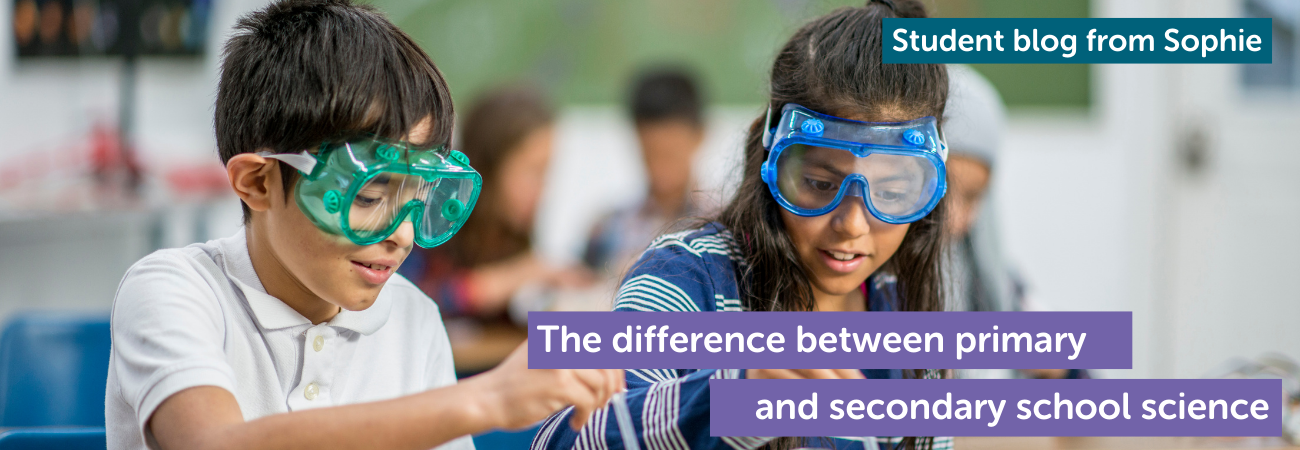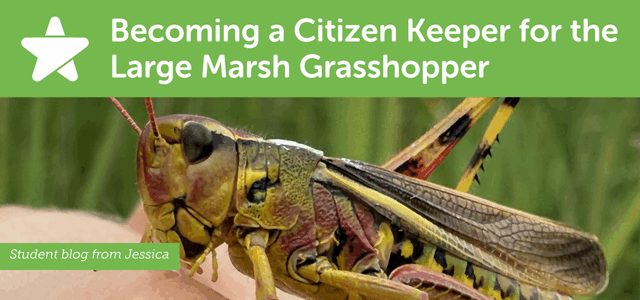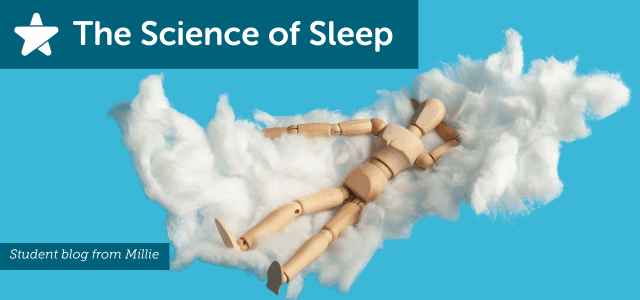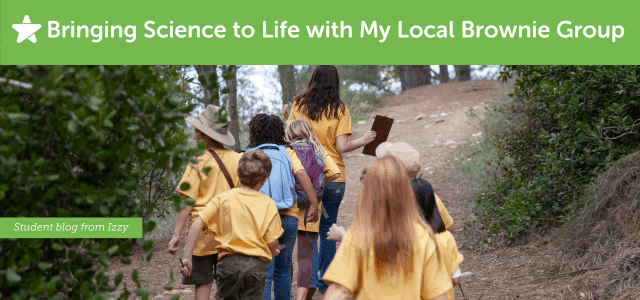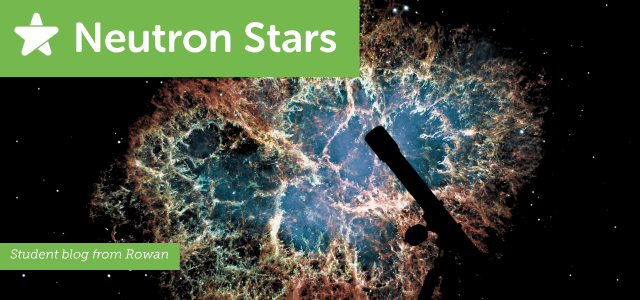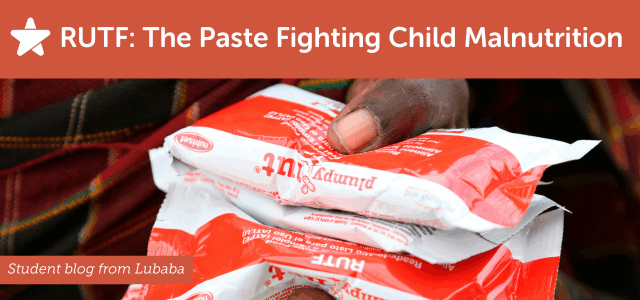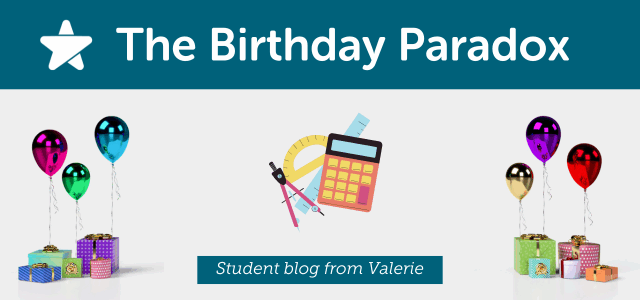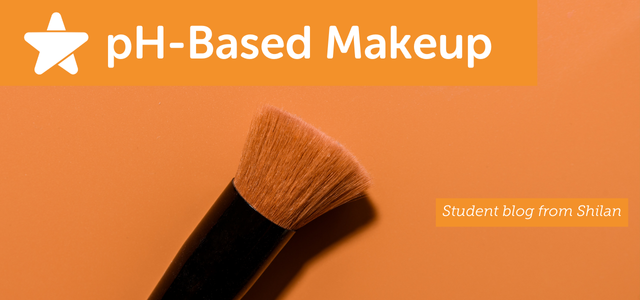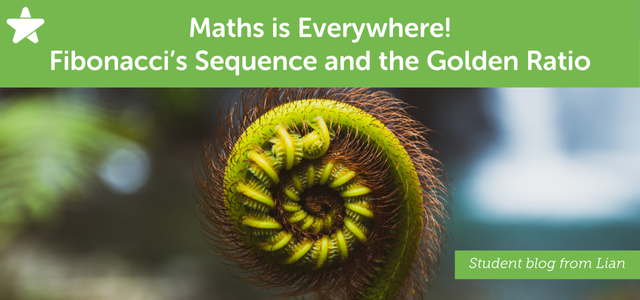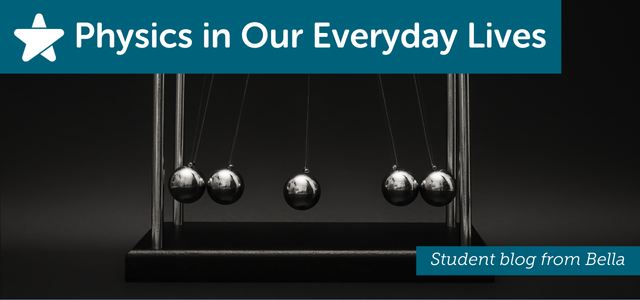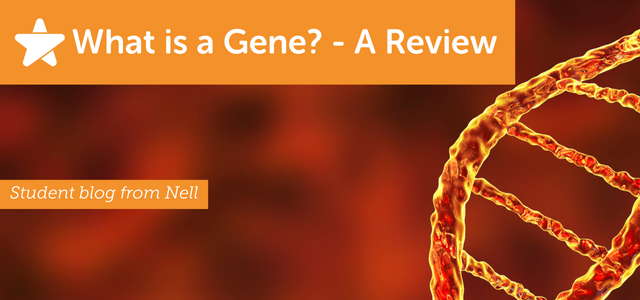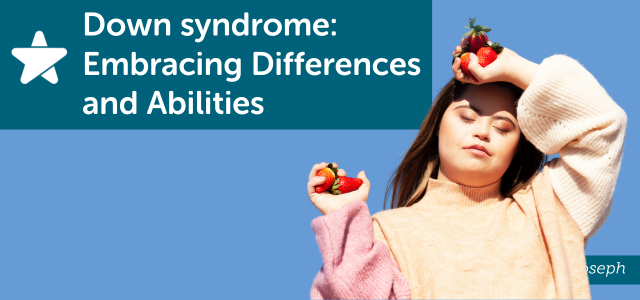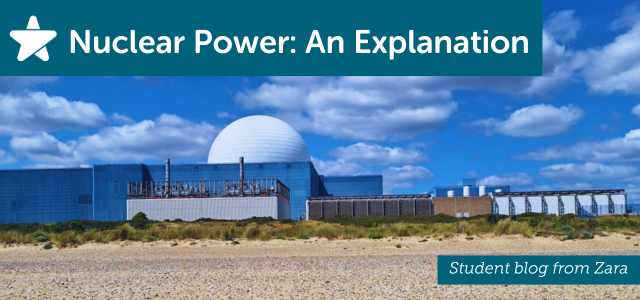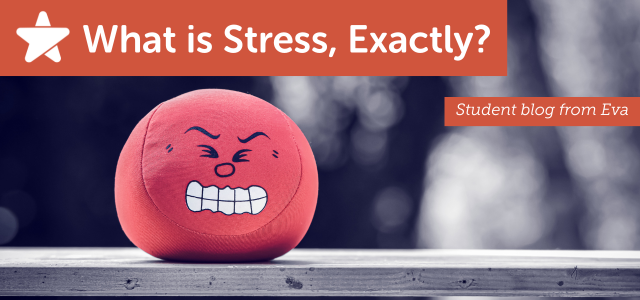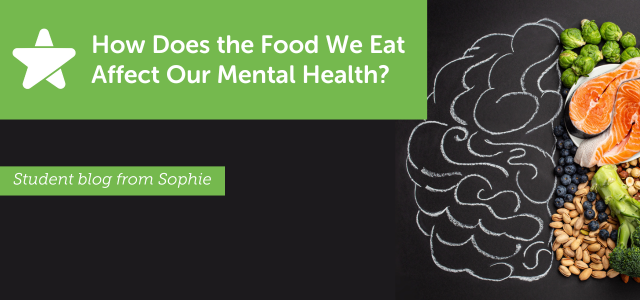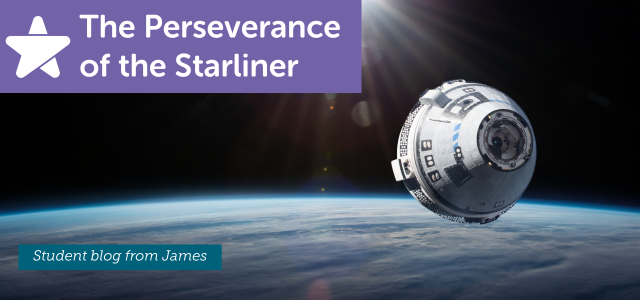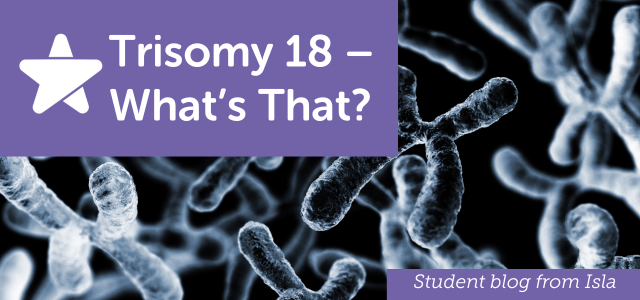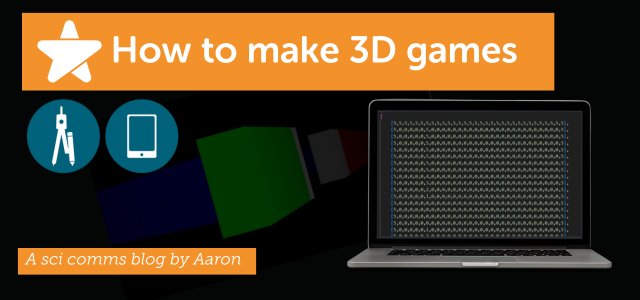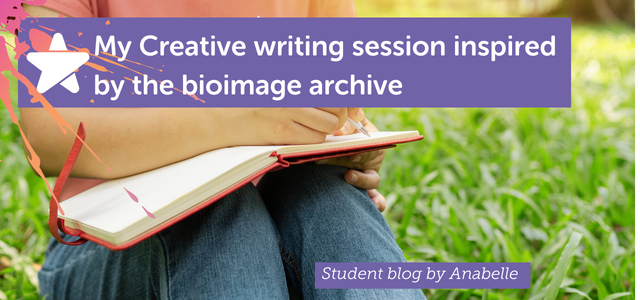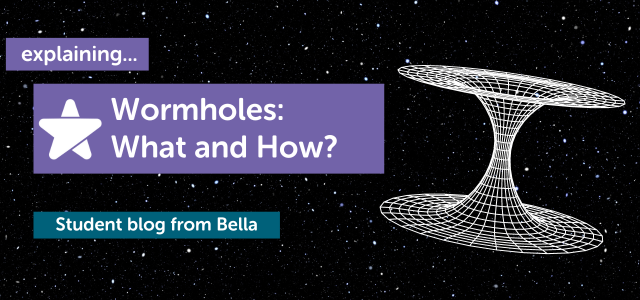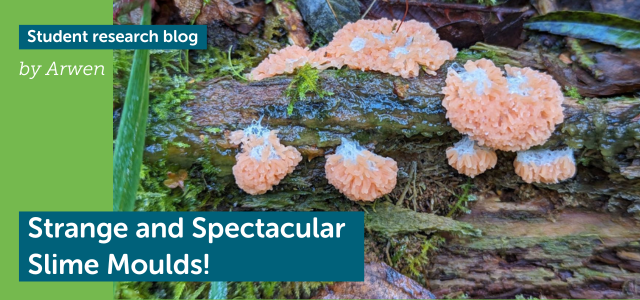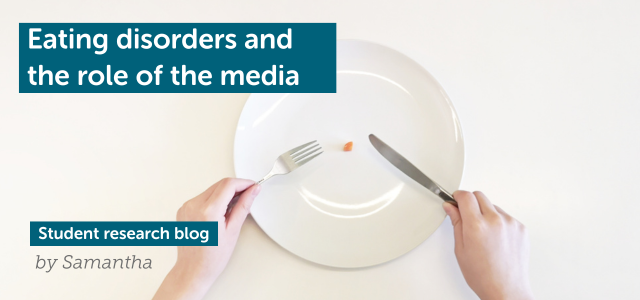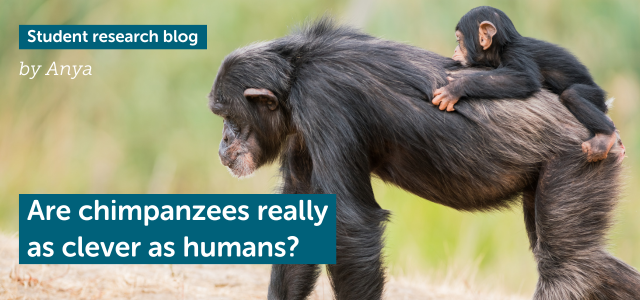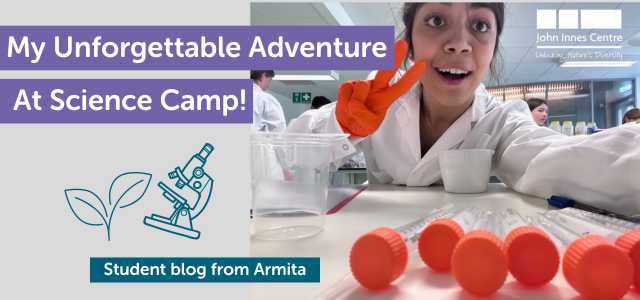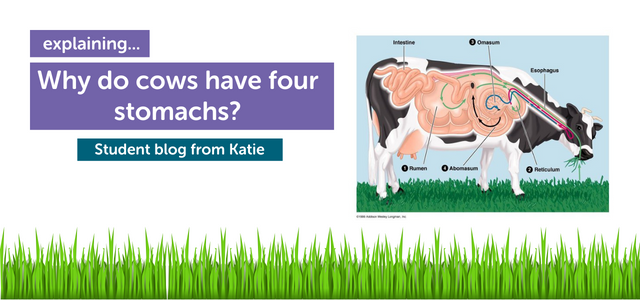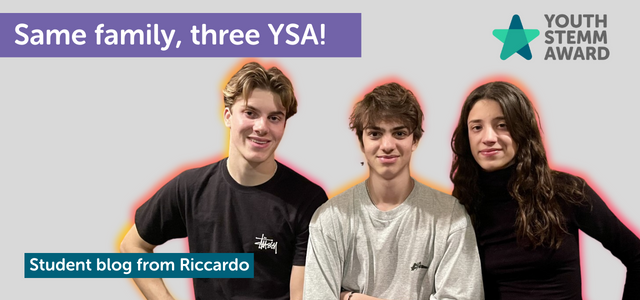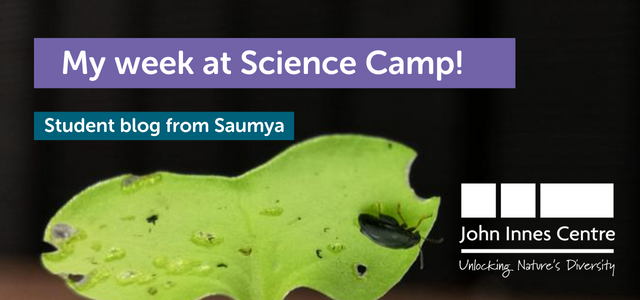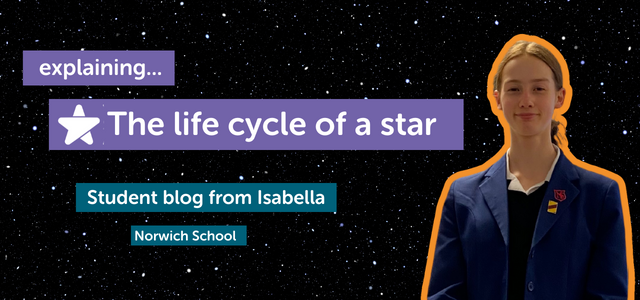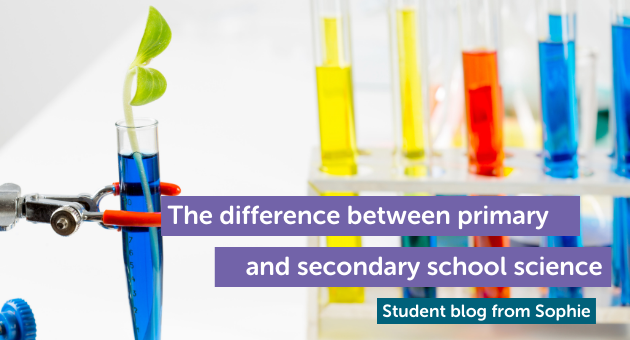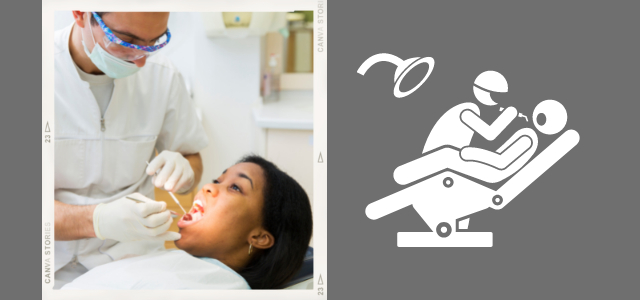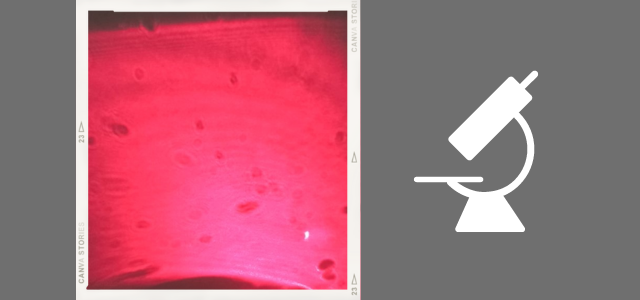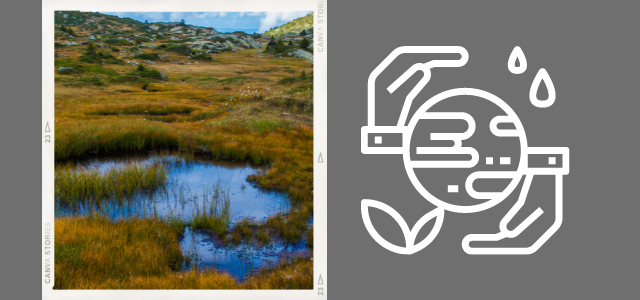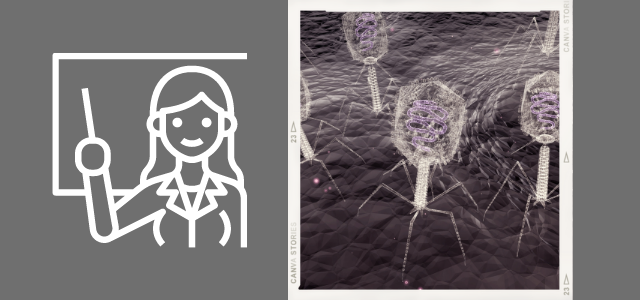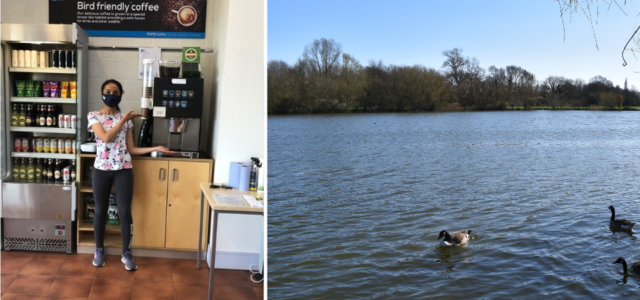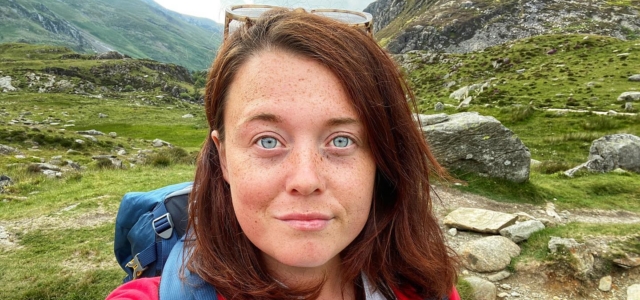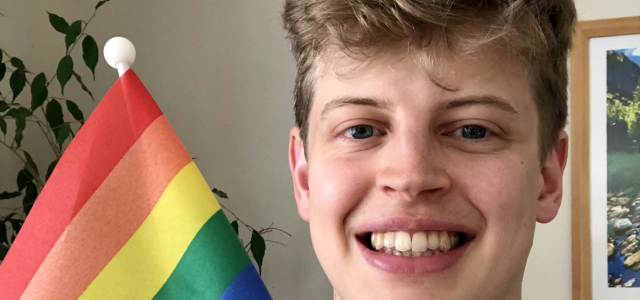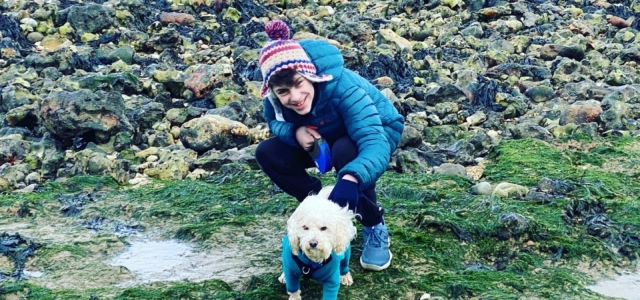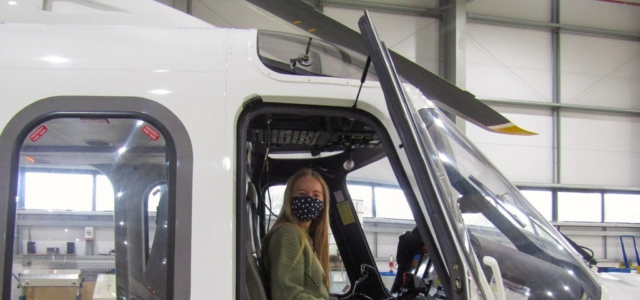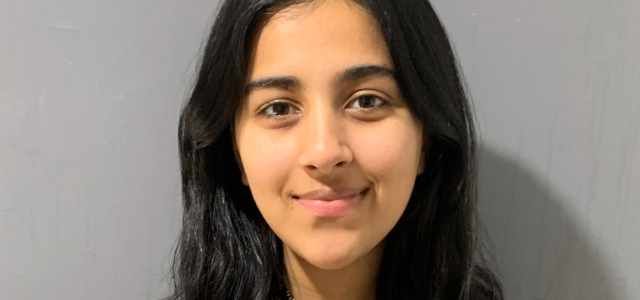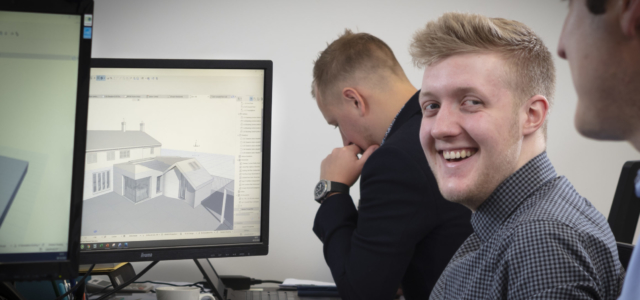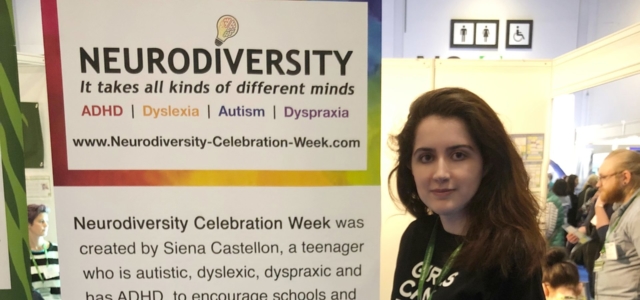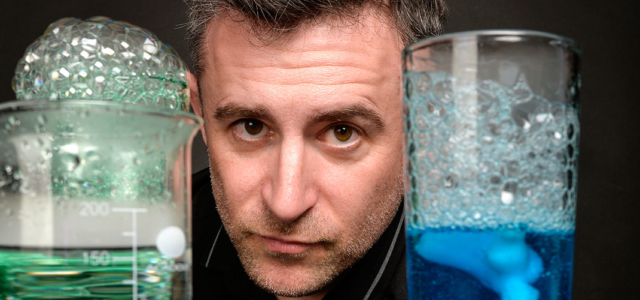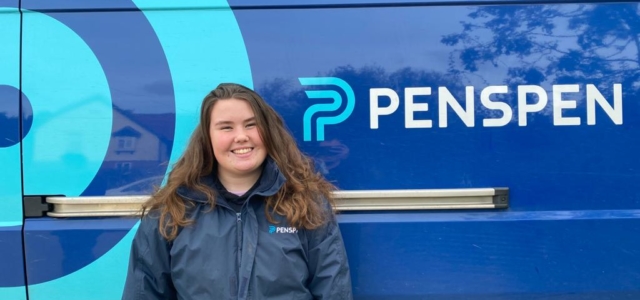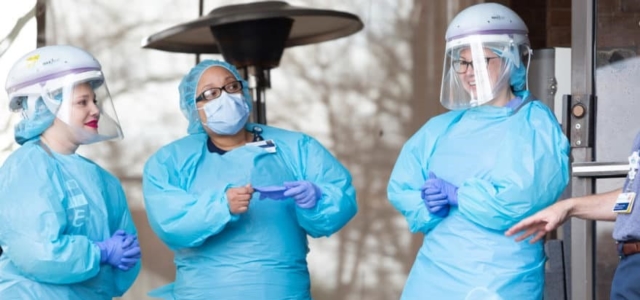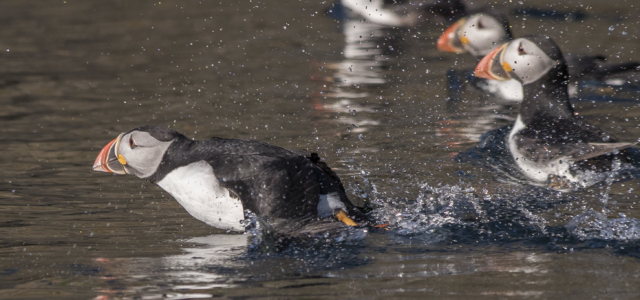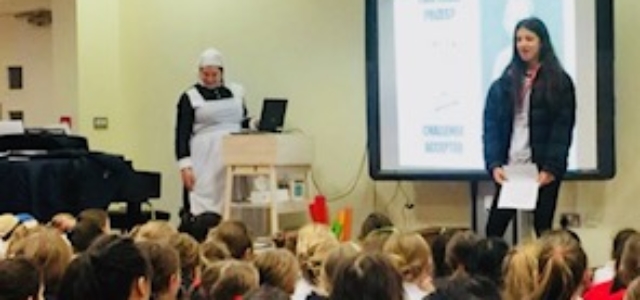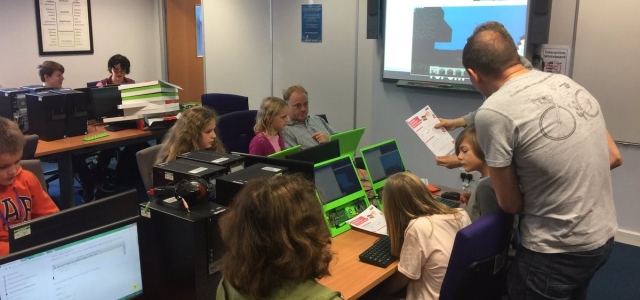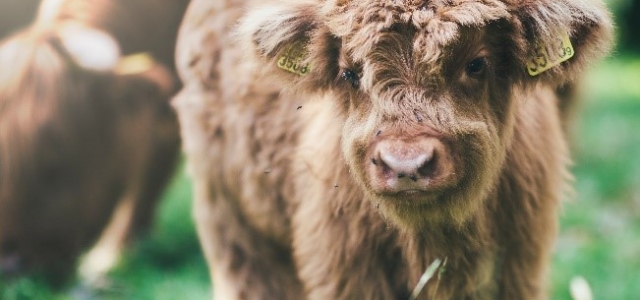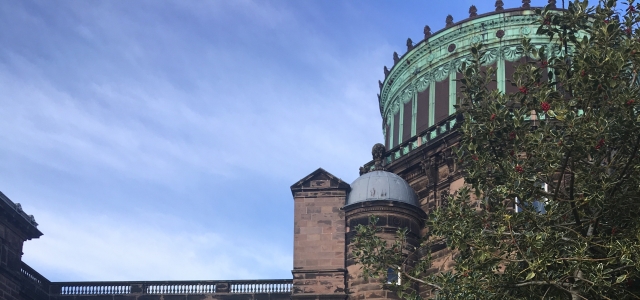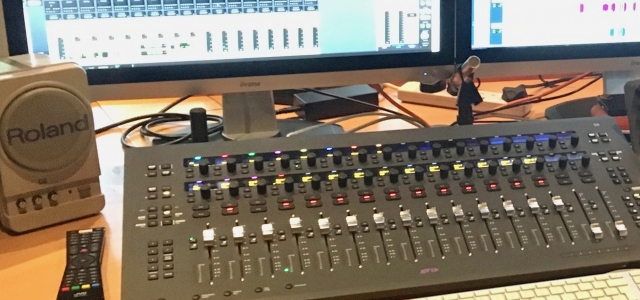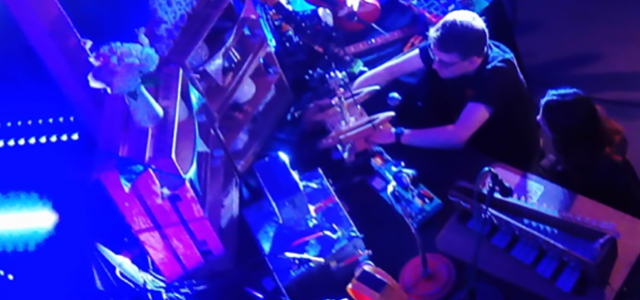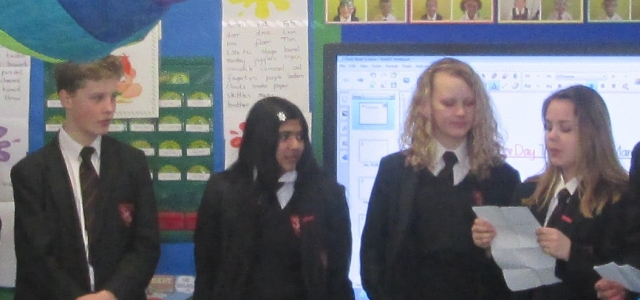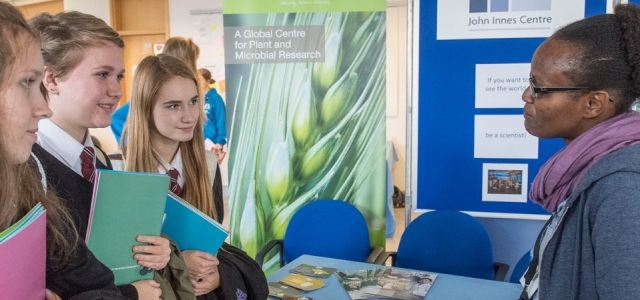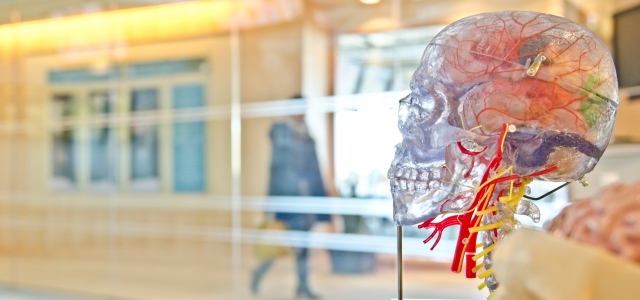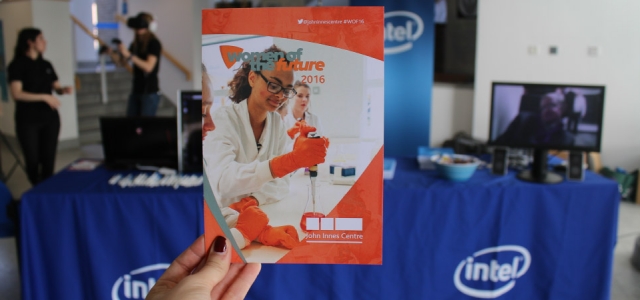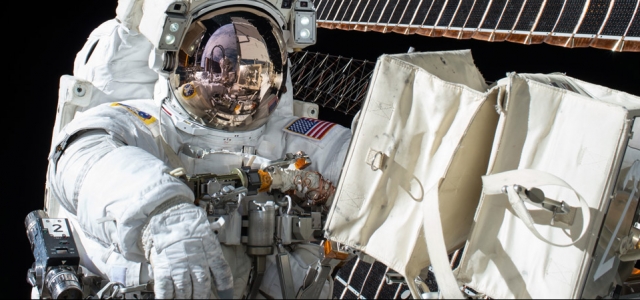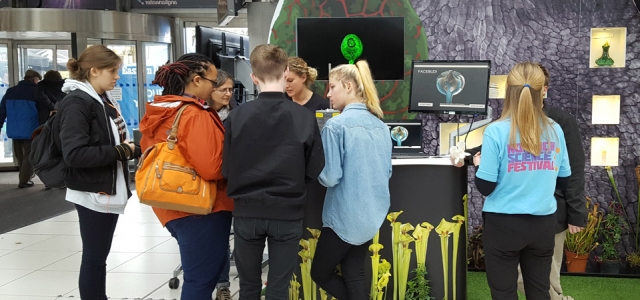One of our Bronze Award participants, Sophie, gives her views on the differences between Primary and Secondary science. Perfect timing for anyone moving into Year 7 this September!
I will be addressing the differences between primary and secondary science, covering some of the biggest worries that students have when moving up to high school – such as getting lost or undertaking exams.
There is a view that primary school science is ‘boring’ or ‘not fun’ compared to secondary school science. I have found primary school science to be more on the theory side which may explain why younger children may not find this fun or interesting. Practicals are usually led by teachers in primary school, whereas in secondary school, the students get involved and do the practical themselves. This could be because older students are more likely to be aware of safety precautions like not to mess around with bunsen burners, play with harmful substances, or drink in the lab.
Primary school teachers are responsible for teaching a broad range of subjects such as english, maths, and geography. However, in secondary school, teachers are more specialised as they are often only qualified to teach one specific subject – this means that teachers know more on the specific topic and have a wider range of knowledge about it too. Some primary teachers may only know the basics of sciences and therefore may only teach a small proportion of the topic to students.
Secondary school science is more complicated than primary school as students are taught more information to work towards their GCSE exams. For example, students are expected to know and understand the range of elements on the periodic table. As part of this, students need to know about the particles in an element and how reactive/unreactive they are. As this topic is too complicated for primary school students, instead they are taught science in topics like the water cycle and animal traits.
It is important to note that Year 6’s are expected to know the basics of science for their SAT exams – these are almost like a trial run to prepare you for GCSE exams in the future.
In my experience, I’ve found that secondary school students can often work really well in teams, whereas younger children may argue over different roles within an experiment, which can lead to things going wrong. I believe that secondary students usually need less monitoring by the teacher as they tend to be more responsible and aware of safety.
I personally think that it is a big step from moving up from year 6 to secondary school and it can be quite a scary experience of how much everything changes, but there are plenty of people to help you with the transition. To conclude, I believe secondary school science is better than primary school science as secondary school students often have more responsibility due to their independence. I would say that it is also more fun as high school students get to apply more of the theory they study.
My advice to students in year 6 is to not be afraid of the difficulty of science in high school as the work is more enjoyable and thousands of people in the country will be feeling the same way about it – possibly scared, happy and most importantly excited.
Sophie is taking part in Future Forward. Future Forward is a mentoring scheme run by the University of East Anglia and is aimed at young people from Year 9 to Year 13. It provides tailored, one-to-one support over a period of two or four years with the aim to guide young people with academic potential to achieve their goals, unlock their full potential and to open-up opportunities for their later lives.

